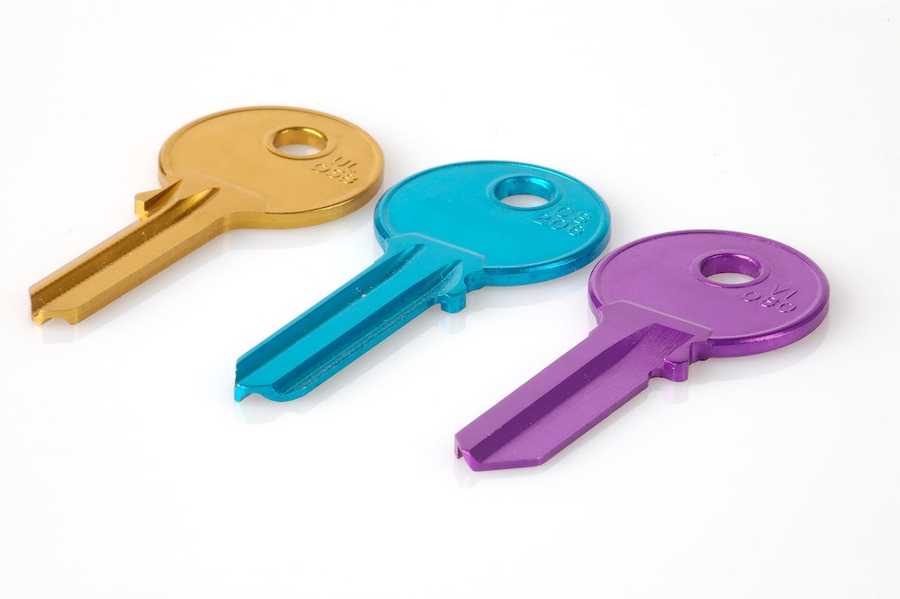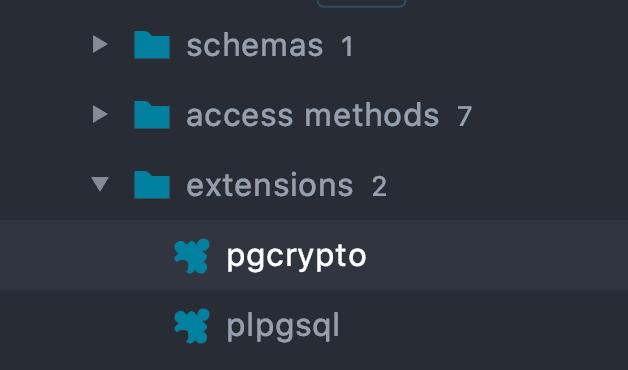Use UUID for primary key with Rails and Postgres

When working with Rails and a relational database such as Postgres, the default option for primary key is an auto-incrementing sequence. So the first record inserted would get a primary key of 1, next one 2 and so on. Depending on the system, this can be an issue if these values get exposed in urls, for example /subscription/265 would reveal that 265 subscriptions have been generated, and that the next one will be id 266.
A less revealing option can be to use UUIDs (universally unique identifier) as a primary key. An example UUID looks like 123e4567-e89b-12d3-a456-426614174000. The idea is that it's practically universally unique, and they are not sequential. So if this was a subscription id, the url would be /subscription/123e4567-e89b-12d3-a456-426614174000 which reveals absolutely nothing about how many subscriptions have been created or what the next subscription id would be.
This post shows the steps needed to configure Rails to use UUID for primary key with Postgres. This works best on a brand new application with no production data yet. Trying to convert an existing system could be risky because every single record in every table would have to get migrated and foreign key constraints temporarily dropped during migration.
Step 1: Enable pgycrypto
The pgcrypto module provides cryptographic functions for Postgres, however, it's not enabled by default. This should be the first migration to enable it:
class EnableUuid < ActiveRecord::Migration[6.0]
def change
enable_extension 'pgcrypto'
end
endRun the migration:
bundle exec rake db:migrateVerify the extension has been enabled. I'm using Datagrip but you can check with your sql client of choice. Expand the databases list, then check under extensions and you should see something like this:
Step 2: Configure Generator
Add the following to the generators config so it knows to generate uuid primary keys:
# config/initializers/generators.rb
Rails.application.config.generators do |g|
g.orm :active_record, primary_key_type: :uuid
endStep 3: Generate Model
Time to try it out. Start by generating a model:
bundle exec rails generate model Tenant name:stringOpen the generated migration - notice the type for id is uuid:
class CreateTenants < ActiveRecord::Migration[6.0]
def change
create_table :tenants, id: :uuid do |t|
t.string :name, null: false
t.timestamps
end
end
endRun the migration:
bundle exec rake db:migrateVerify how this looks in the database - notice that the id column is using the gen_random_uuid() function:
Launch the Rails console and insert some data into the new table - you should see that the id is a UUID:
bundle exec rails console
> Tenant.create(name: 'Acme')
=> #<Tenant id: "bb57c11e-2ec7-44aa-8519-babd8b439b51", name: "Acme", created_at: "2020-11-01 22:06:58", updated_at: "2020-11-01 22:06:58">Step 4: Foreign Key Reference
One last thing to watch out for is adding a foreign key reference to a table. For example, suppose there is a Plan table and you want to add a reference to the Tenants table. The migration for this is:
bundle exec rails generate migration AddTenantRefToPlan tenant:referencesWhich would generate:
class AddTenantRefToPlan < ActiveRecord::Migration[6.0]
def change
add_reference :plans, :tenant, null: false, foreign_key: true, index: true
end
endHowever, running this won't work because it will try to create an integer type column tenant_id on the Plans referencing the id column on Tenants table which is of type uuid which doesn't match. For these type of migrations, need to specify type: :uuid:
class AddTenantRefToPlan < ActiveRecord::Migration[6.0]
def change
add_reference :plans, :tenant, null: false, foreign_key: true, index: true, type: :uuid
end
endThat's it, now you're all setup to use UUID as the primary key in all your models.





